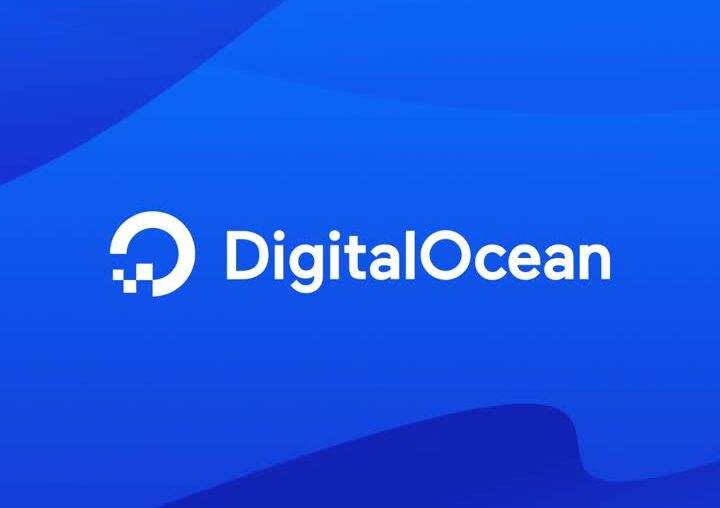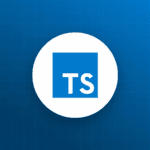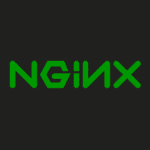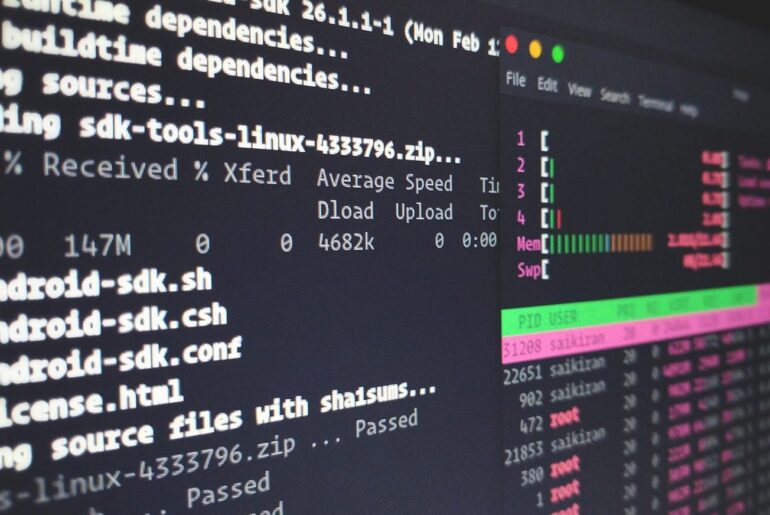DigitalOcean App Platform is a Platform-as-a-Service (PaaS). That means instead of worrying about virtual machines, operating system setup, networking, patching, scaling servers, etc., you provide your application code (or container image / source repo) and the platform builds, deploys, monitors, and scales it for you.
It supports different kinds of components: static sites, web services (backend / frontend), workers (background tasks), jobs (scheduled or one-off), and functions (on-demand code) as parts of your app. You pick what you need, the App Platform wires them together.
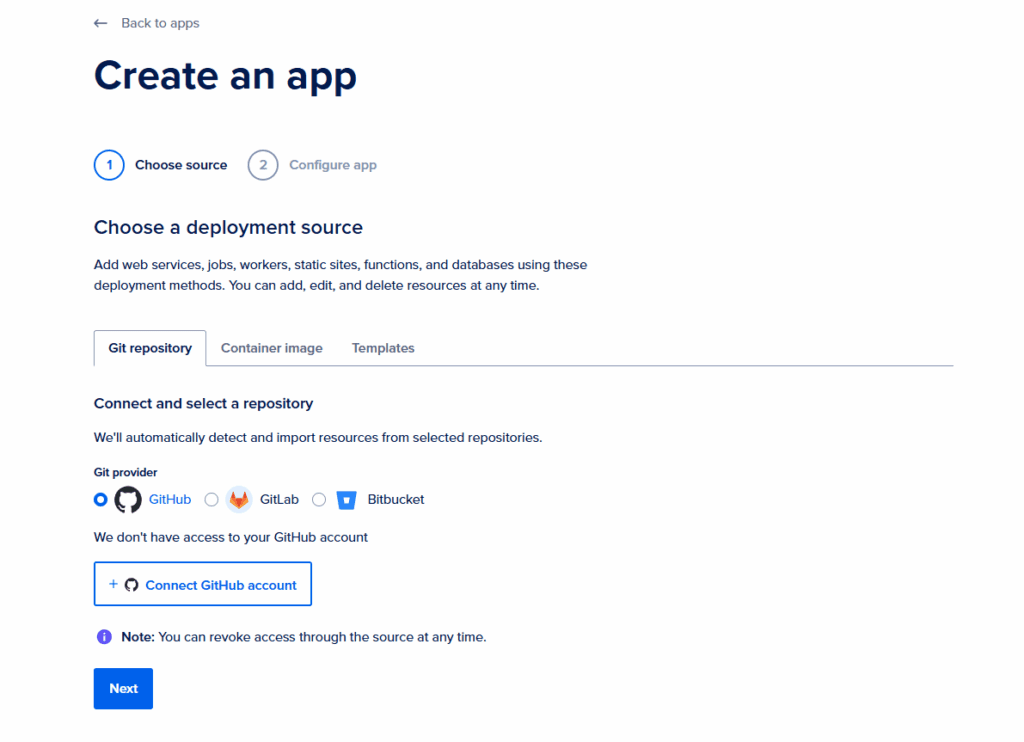
Here are the main features, with explanations. Later we’ll compare plans & costs.
| Feature | What it means in practice |
|---|---|
| Build & deploy from source | Hook your app to GitHub, GitLab, or Bitbucket; optionally use Docker images. Pushing code triggers build/deploy workflows. |
| Automatic management of infrastructure | The platform handles OS patching, runtime provisioning, load balancing, SSL/TLS, global content delivery (CDN), DDoS mitigation for you. You don’t need to set up servers, virtual machines, or manually scale hardware. |
| Scaling | You can start small, then scale horizontally (more containers) or vertically (more CPU/RAM) as demand increases. Dedicated CPU plans allow autoscaling. |
| Observability & rollbacks | The platform provides metrics (CPU, memory, restarts etc.), logs, deployment history, and lets you roll back to prior deployments. |
| Security / operations out of the box | SSL/TLS is automatic; custom domains are supported; global CDN & isolation; optionally dedicated egress IP. The idea is to reduce ops burden. |
When & why use it (vs alternatives)
To decide if App Platform is right for you, it helps to see what trade-offs it has.
Good if you:
- Don’t want to manage servers or worry about infrastructure.
- Are newer to DevOps or want to focus mostly on writing code, not admin.
- Have moderate traffic that may fluctuate and want autoscaling.
- Want predictable deployment, team collaboration, quick iteration.
- Need web services, static sites, or background tasks as part of your app.
Less good if you:
- Need very fine-tuned control over server internals, OS, networking stack, kernel, etc.
- Have unusual dependencies or architectures that might not fit standard build pipelines.
- Want to optimize every dollar by managing low-level infrastructure yourself.
- Need vendor features not yet supported in App Platform (very new tech, custom system-level tweaks).
To compare: a DigitalOcean Droplet (their VM offering) gives you more control but also more responsibilities. You have to configure, secure, monitor, patch, scale yourself. If you’re comfortable with that, Droplets might be cheaper for certain workloads. Otherwise, the convenience of PaaS often pays off.
How pricing works & what to expect cost-wise
Here’s how you’ll be charged and what plans look like. Always check current DigitalOcean docs, but this reflects recent data.
The App Platform has a Free Tier: you can host up to 3 static sites (no server-side backend) with 1 GiB of outbound traffic each. It includes global CDN, automatic HTTPS, custom domains, etc.
Paid plans start at US$5/month for the smallest “container” size with shared CPU, modest memory and bandwidth. As you require more CPU, memory, traffic, or autoscaling/dedicated CPUs, price increases.
Sample container sizes (paid):
| Plan / Container Type | CPU / RAM | Bandwidth Allowance | Autoscaling | Approximate Cost |
|---|---|---|---|---|
| Shared CPU, small (1 vCPU, 512 MiB) | minimal resources | ~50 GiB | no | US$5/mo |
| Shared CPU, more RAM | e.g. 1 GiB / 2 GiB | more traffic | limited scaling | US$10-25/mo depending on spec |
| Dedicated CPU plans | e.g. 1-2 vCPU, dedicated | high bandwidth | autoscaling support | US$29 and up |
Billing is per second for app components (with minimum durations). Databases are billed per hour.
You also have costs from data transfer/outbound bandwidth, domain names (if outside what’s included), possibly extra services for logs, monitoring, etc. Always check what “bundled” means in the tier you choose.
How to get started
Here’s how you might go from zero to running something simple, to more complex, using App Platform.
- Set up your account & project
Create a DigitalOcean account. Create or pick a project (organization). Ensure you have a GitHub/GitLab repo for your app or a Docker image prepared. - Choose component type
Decide if you need:- static site only (frontend)
- web service (API or full stack)
- functions / serverless endpoints
- background worker or scheduled job
- Connect source / container
Link your repository or container registry. If using code, choose or confirm the build commands; if using Dockerfile, make sure it builds the image correctly. - Configure environment
Set environment variables, dependencies, build options. Set up custom domains and SSL if needed. Add a database (if your app needs one) via the managed database service. - Specify resource settings
Choose CPU / RAM / bandwidth requirements, whether you want shared or dedicated CPUs, scaling rules (manual vs autoscaling), etc. - Deploy, monitor, iterate
Deploy and test. Monitor performance, logs, errors. If traffic rises, scale accordingly. Use rollbacks if something breaks. - Optimize cost & performance
Later, refine by downsizing unused components, using autoscaling, choosing cheaper regions (if available), using caching / CDN, etc.
Pros, cons & common gotchas
When you look beyond the marketing promises, the App Platform has real strengths but also some trade-offs that become clear once you start using it. Understanding both sides up front helps you avoid surprises and choose the right workloads to run here. It’s not about whether the service is “good” or “bad,” but whether its benefits align with what you actually need, and whether the limitations will matter in your context.
Pros:
- Rapid setup and deployment; minimal DevOps burden.
- Predictable base pricing for many workloads.
- Good for small to medium apps, prototypes, side projects.
- Built-in features (SSL, CDN, auto scaling etc.) that would otherwise need manual configuration.
Cons / Risks:
- Less fine control over infrastructure may limit optimizations.
- Costs can creep up if you under-specify or don’t monitor usage, especially bandwidth or high CPU.
- Some features (e.g. dedicated egress IP) may lag behind or be in limited availability.
- Vendor lock-in risk: migrating off PaaS sometimes means more work if you move to VMs or other providers.
Common gotchas:
- Forgetting about outbound bandwidth limits/costs.
- Assuming autoscaling is free; on many plans only certain container types support autoscaling.
- Build failures due to missing config/build commands in repos.
- Overprovisioning: picking large container size “just in case” before real measurement.
Summary & how to choose
To wrap up, here’s how I’d decide, if I were you starting a new project:
- If I want to move fast, get something working, iterate quickly, and avoid managing servers → go with App Platform.
- If I expect high traffic, unusual performance demands, or want to tightly control infrastructure or cost → I might start with App Platform for early stages and consider a more manual infrastructure (Droplets / Kubernetes) later.
- Always benchmark what you need: measure resource usage, observe peaks; then choose container size and plan accordingly.


